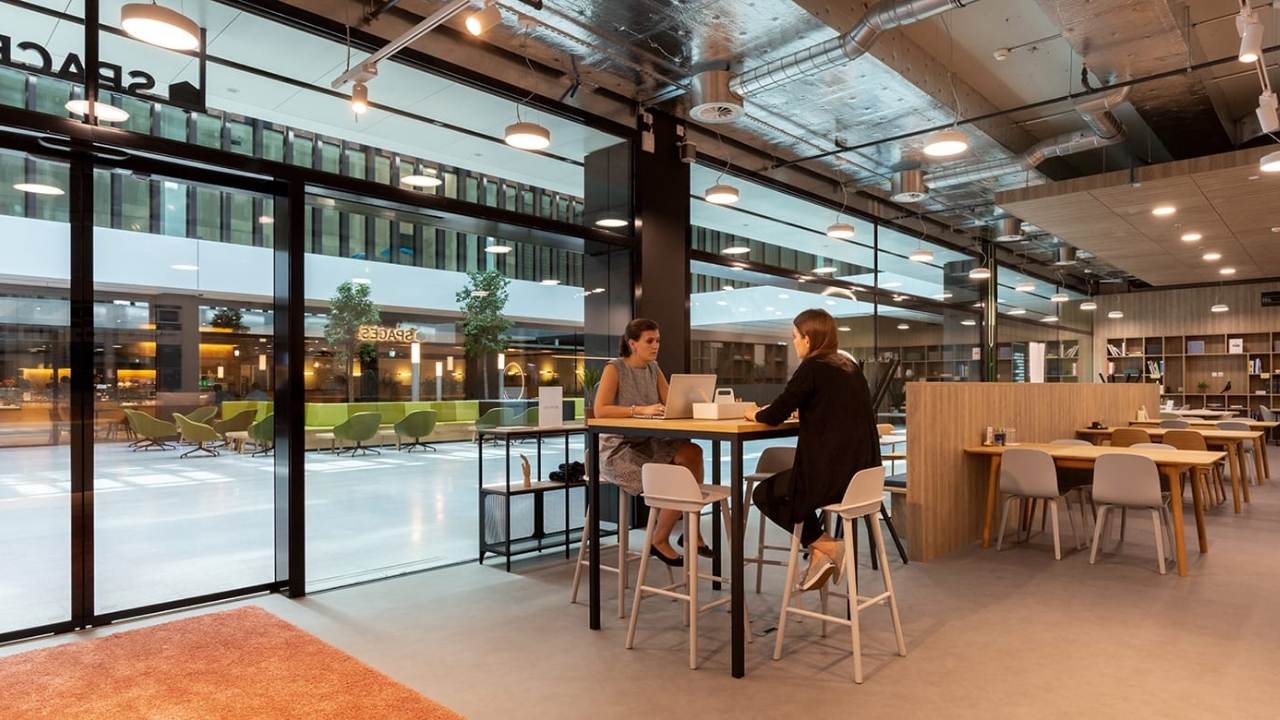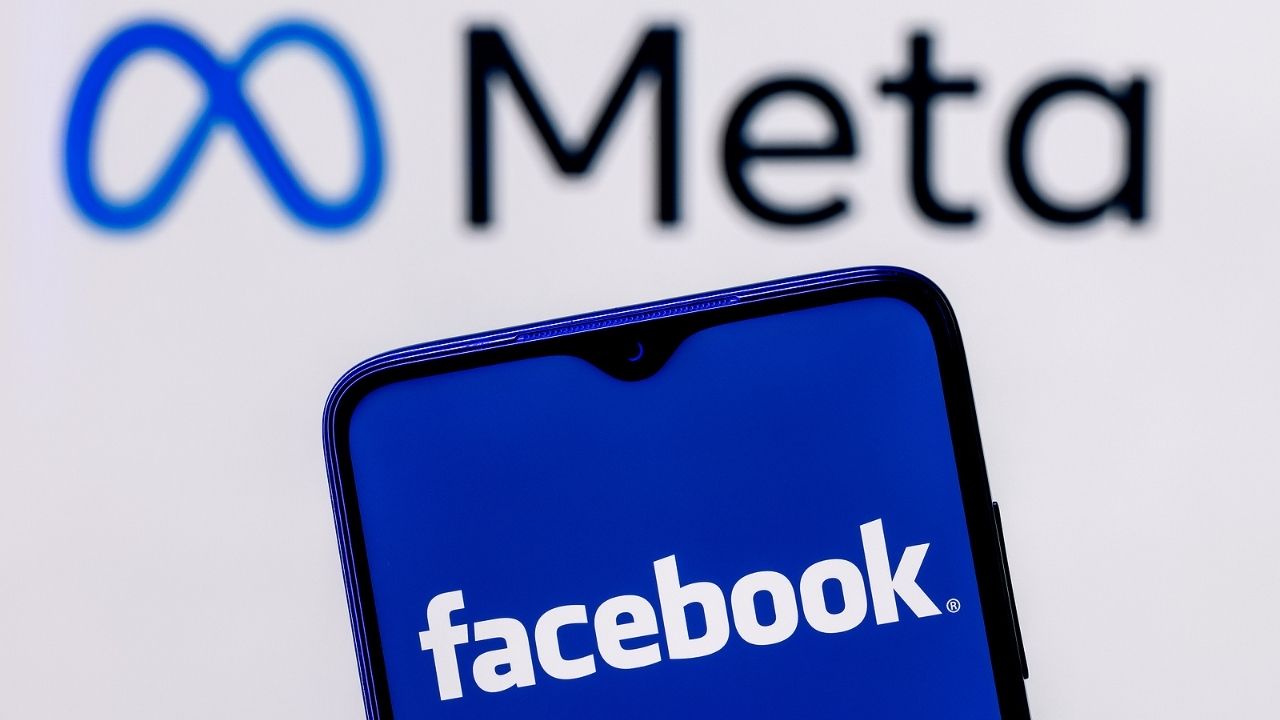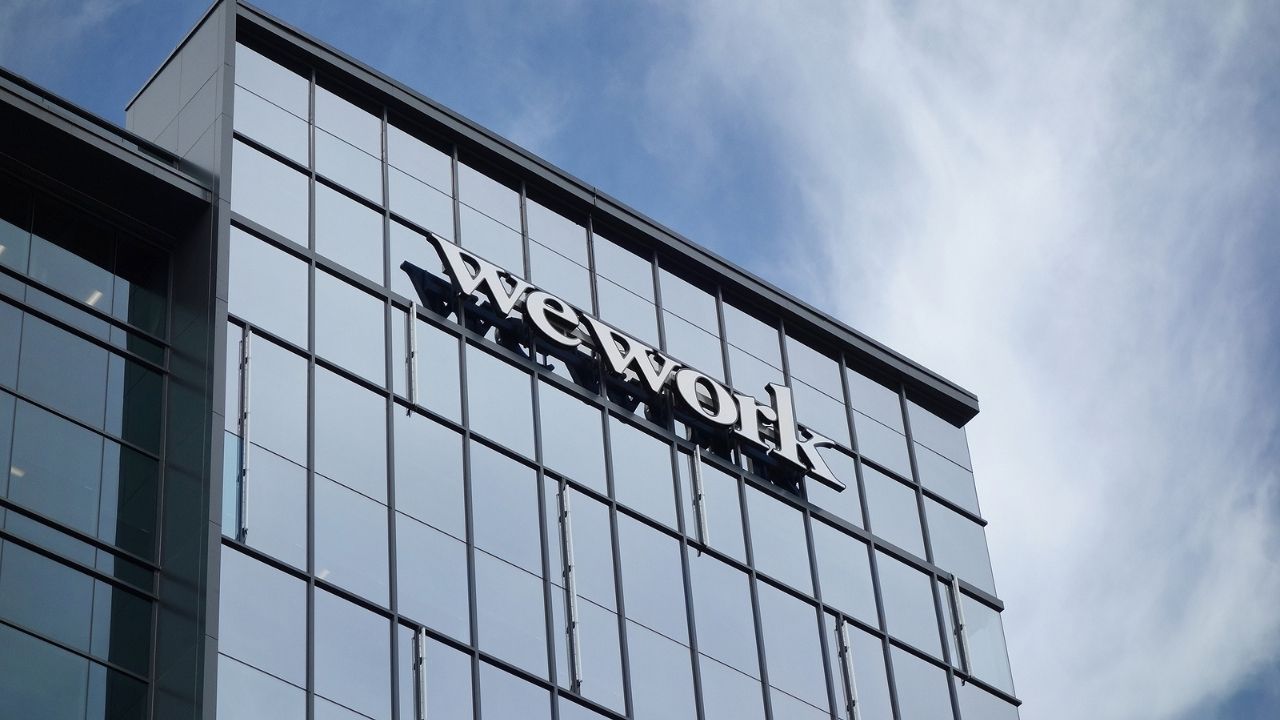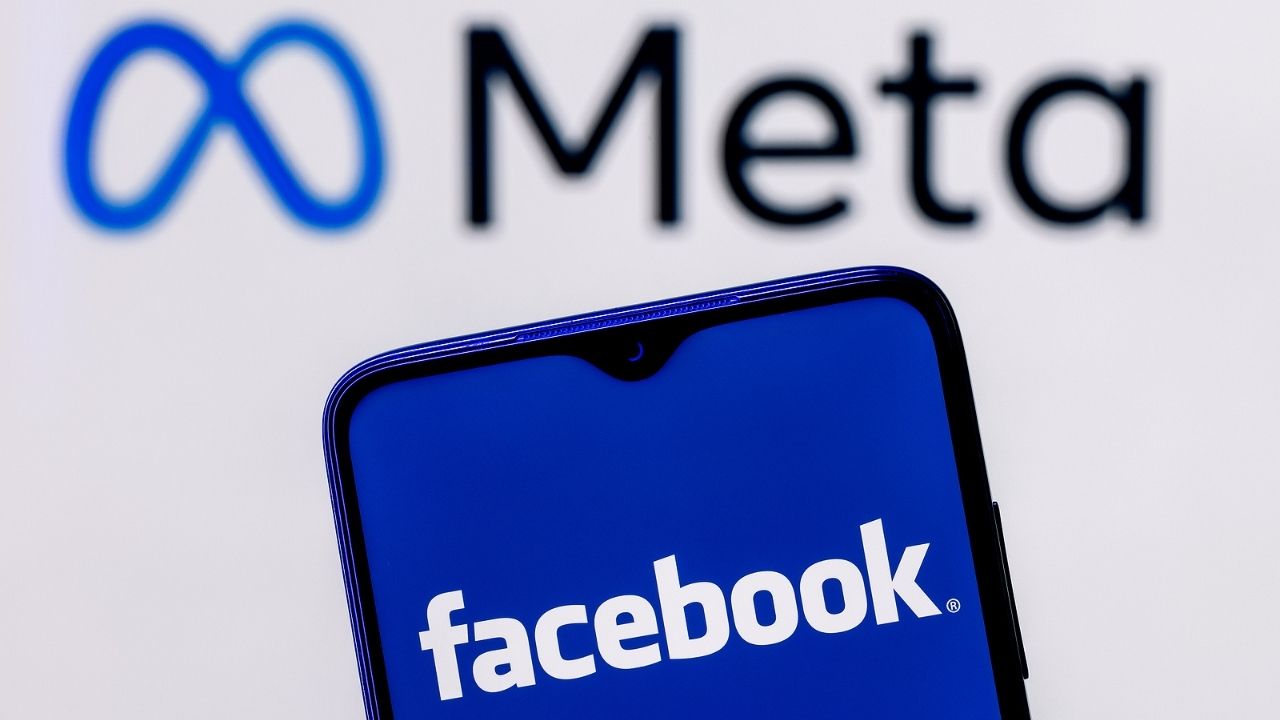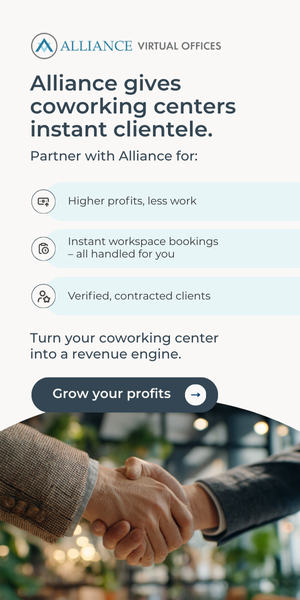According to Paul Swinney, Director of Policy and Research at Centre for Cities, predicted that employees will return to the office for three or four days each week, but will eventually come back for the full week.
This forecast marks a significant contrast to other business leaders who have all but settled on the idea of a hybrid work or hub-and-spoke model moving forward. In fact, IWG CEO Mark Dixon stated that although the typical 9 to 5 could still play a role moving forward, it won’t be taking place in one single location.
Large organizations like Google and Facebook recognize this and have revealed that employees will not have to return to the office five days each week in the future.
Research from IWG has shown that 77% of employees are considering working out of a space closer to their homes, indicating that the hub-and-spoke model is ideal for many. Even more, a Stanford survey revealed that 55% of U.S. employees prefer a combination of home and office working.
“Your business doesn’t stop if you’re not all sitting in the same office every day,” said Dixon. “There is a new normal [and that’s] a local office, or an allowance to grab an office down the road.”
This is leading to a spike in flexible office demand, especially in suburban areas where employees live. For example, demand in some areas of London have fallen by 10% to 20%, while Uxbridge saw a 175% spike in demand.


 Dr. Gleb Tsipursky – The Office Whisperer
Dr. Gleb Tsipursky – The Office Whisperer Nirit Cohen – WorkFutures
Nirit Cohen – WorkFutures Angela Howard – Culture Expert
Angela Howard – Culture Expert Drew Jones – Design & Innovation
Drew Jones – Design & Innovation Jonathan Price – CRE & Flex Expert
Jonathan Price – CRE & Flex Expert
